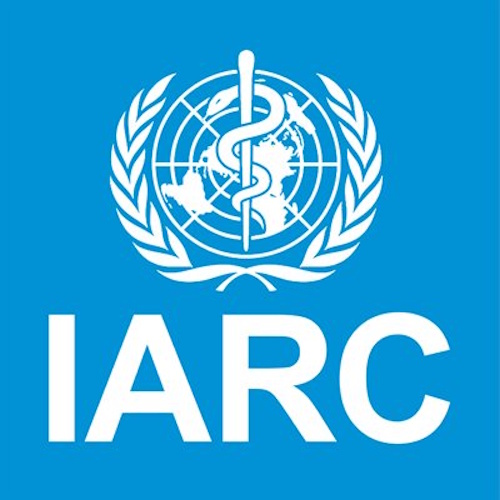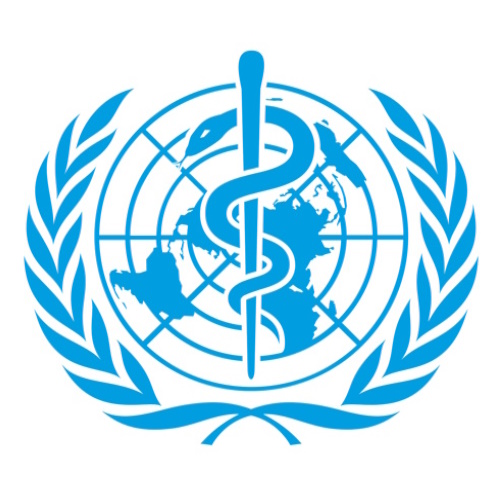Nanoparticles are everywhere. These microscopic particles, ranging from 1 to 100 nanometers, enter our bodies through air, food, and water. They can pass biological barriers and accumulate in vital organs, including the brain. Scientists are still exploring their effects, but concerns about their role in aging and disease continue to grow.
While medical advancements have prolonged life expectancy, the widespread presence of nanomaterials could pose serious long-term health risks. Some nanoparticles accelerate aging and increase cancer risk. Others interact unpredictably with human biology, raising urgent questions about their true impact.
How Nanoparticles Enter the Body
Nanoparticles infiltrate our bodies mainly through respiration, ingestion, and skin contact. Airborne particles from pollution and industrial processes affect the lungs and bloodstream. Contaminated food and water introduce nanoparticles that accumulate in organs over time.
Inhalation: A Direct Route to the Lungs and Brain
Airborne nanoparticles come from exhaust fumes, factory emissions, and even household products. Titanium dioxide, commonly used in paints and sunscreens, can cause lung inflammation when inhaled in large amounts. The International Agency for Research on Cancer classifies it as a possible carcinogen.
Soot and carbon black nanoparticles, byproducts of fossil fuel combustion, deeply penetrate the lungs. These particles increase asthma, cardiovascular disease, and cancer risks. Heavy metal nanoparticles, such as lead and mercury, can damage the nervous system. Mercury exposure has been linked to severe neurological conditions, while cadmium inhalation is associated with lung and kidney damage.
A Canadian study from 2001 to 2016 found that prolonged exposure to atmospheric nanoparticles increased the risk of non-accidental mortality by 7.3%. In Montreal and Toronto, pollution-related deaths numbered around 1,100 annually.
Role of Nanoparticles in the Food Chain
Industrial activities release heavy metals into the environment. These toxins enter the soil and water, contaminating crops and animals. As nanoparticles move up the food chain, their concentration increases, a process known as biomagnification.
Common Food Sources of Nanoparticles
- Seafood: Mercury accumulates in predatory fish like tuna. A 2024 study found that 10% of canned tuna exceeded Europe's legal mercury limit.
- Vegetables and Grains: Plants absorb heavy metals from polluted soil. A Canadian study detected high arsenic levels in vegetable powders and leafy greens.
- Meat and Dairy: Livestock feed contamination leads to nanoparticle buildup in animal products. Zinc and copper nanoparticles, used in agriculture, disrupt gut health and contribute to metabolic disorders.
Contaminated Water: A Hidden Danger
Nanoparticles in water originate from industrial waste, microplastics, and chemical pollutants. Studies show that nanoplastics, commonly found in bottled and tap water, interfere with hormone regulation. Silver nanoparticles, used for antibacterial purposes, disturb gut bacteria.
Heavy metal nanoparticles in drinking water—such as lead, arsenic, and cadmium—pose severe health risks. Long-term exposure can lead to kidney failure, neurological disorders, and developmental problems.
Genetic Impact of Nanoparticles
Some nanoparticles cause DNA damage by generating oxidative stress. Zinc, silver, and quantum dot nanoparticles release toxic ions that harm genetic material. Studies confirm that these particles can cause long-term genetic mutations, increasing cancer risk.
Despite these concerns, nanoparticles also offer medical benefits. Gold nanoparticles, for example, help repair DNA damage and reduce age-related mutations. Antioxidant nanoparticles, such as those based on cerium dioxide, protect cells from free radicals. Some nanoparticles eliminate aging cells, reducing inflammation and slowing tissue deterioration.
Medicine and the Potential of Nanotechnology
Nanotechnology presents promising solutions for aging-related diseases. Nanoparticles can deliver targeted treatments, repair cellular damage, and extend cell lifespan. By protecting telomeres and combating oxidative stress, these innovations may contribute to longevity.
Nanoparticles have become an unavoidable part of modern life. Their ability to cross biological barriers demands careful study. Understanding their effects—both harmful and beneficial—requires more research and stricter regulations.
Immediate steps include:
- Monitoring nanoparticle levels in the human body.
- Studying long-term effects of combined nanoparticle exposure.
- Conducting longevity tests in animals exposed to nanoparticles.
- Requiring companies to disclose health impact data for patented nanomaterials.
The growing concern over microplastics adds another layer to this issue. Although larger than nanoparticles, microplastics also accumulate in human tissues, raising unknown health risks. Future studies will explore their long-term effects in greater detail.
The United States and Health Policy Shifts
Recent political decisions in the United States may impact global health initiatives. The withdrawal from the World Health Organization isolates the country from international health efforts. This decision strengthens China’s influence in global health policy while limiting U.S. participation.
At the same time, funding delays at the National Institutes of Health have stalled research grants. These disruptions affect biomedical studies and slow medical advancements. Given the rising concerns about nanoparticle exposure, reduced research funding may hinder efforts to address environmental health risks.
The presence of nanoparticles in air, food, and water requires urgent attention. While some offer medical benefits, others pose serious health risks. The challenge lies in balancing innovation with safety, ensuring that new technologies do not accelerate aging or increase disease rates.
Future discussions must focus on regulation, long-term studies, and public awareness. Understanding nanoparticles today may determine the health and longevity of future generations.
This research, conducted by Heales, highlights the urgent need for further study and regulation by organizations like the International Agency for Research on Cancer (IARC), the National Institutes of Health (NIH), and the World Health Organization (WHO) to ensure safer environments and healthier futures.








